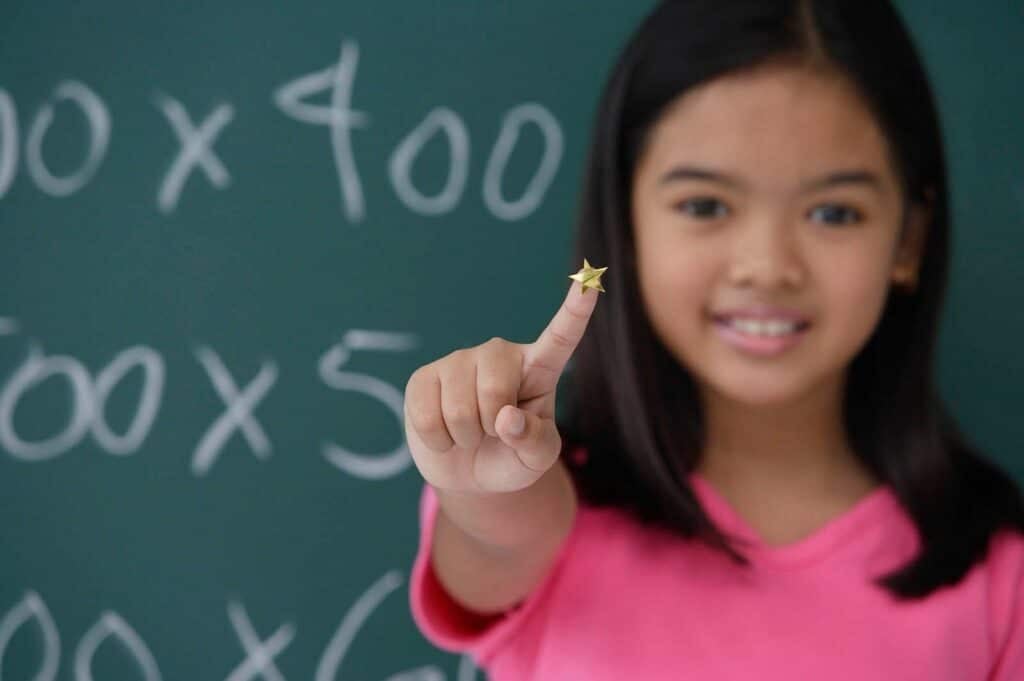- The Behavioral Learning Theory is based on the premise that all human behavior is learned.
- According to this theory, our behaviors are simply reactions to external stimuli, and we can learn new behaviors through a process called conditioning.
- When applied correctly, Behaviorism can be an effective tool for helping students perform better in class and allow them to develop self-regulating skills.
We all know not to touch something hot because it can burn. This is a lesson that we’ve learned based on experience. It’s nothing new, right? Experience does teach us a lot of things. According to the Behavioral Learning Theory, this is, in fact, how all humans and animals learn.
The Behavioral Learning Theory, also known as Behaviorism, is based on the idea that we learn through our interaction with the environment. In fact, one of its assumptions is that all behavior can be learned. Moreover, behaviors can be replaced by new behaviors through a process called conditioning.
As teachers, understanding the Behavioral Learning Theory can teach you how to encourage your students to learn and create an environment that’s more stimulating and conducive to learning. In this article, we’ll discuss the Behavioral Learning Theory, its benefits, and how educators can use it in the classroom to help students achieve academic success.
Table of Contents
What is Behavioral Learning Theory?
Behaviorism was first introduced in the 19th century as a reaction against mentalism. At the time, the study of the mind mostly relied on first-person accounts of people’s thoughts and feelings. Some psychologists didn’t think that unconscious thoughts and urges were objective or measurable. It was too subjective, which could lead to findings that were contradicting. Worse, they might not even be able to reproduce the same results.
Behavior, on the other hand, could be observed objectively, systematically studied, and empirically measured. Moreover, behaviorists believe that people can be trained to perform any task regardless of their genetic background or personality as long as you apply the right conditioning. In layman’s terms, we’re all blank slates when we’re born. And all our behavior is learned from our interaction with our environment.

Types of Behavioral Learning
Classical Conditioning
According to Classical Conditioning, a human or animal can learn new behavior by associating a neutral stimulus with another stimulus that causes a natural response. Once associated, the neutral stimulus can now trigger the learned response.
To explain this more clearly, let’s look at an experiment conducted by Russian physiologist Ivan Pavlov. You’ve heard of Pavlov’s dogs, right? In his experiments, he was able to teach dogs to associate the ringing of a bell (a neutral stimulus) with the arrival of food (the second stimulus). The smell of the food automatically triggers the dogs’ hunger, which includes physical signs such as salivation. Through conditioning, just hearing the ringing of the bell could cause the dogs to salivate, even if they no longer smelled the food.
Operant Conditioning
Most of us are very familiar with Operant Conditioning because this learning technique is based on the idea of reward and punishment. According to Operant Conditioning, consequences can control the behavior of an individual. A behavior is more likely to occur if the person knows that they’ll get something good out of it. It is less likely to occur if the person knows they’ll get punished.
Operant conditioning can be done using positive and negative reinforcement and positive and negative punishment:
Positive reinforcement: The presence of an added stimulus after you get the desired behavior can increase the likelihood of the individual repeating the behavior or, to put it more simply, giving a person something good to reinforce the behavior. For example, the teacher gives preschool kids a stamp if they are on good behavior in class at the end of the day. This makes them more likely to behave during class on the following days.
Negative reinforcement: Taking away something unpleasant after the desired behavior takes place. Over time, the desired behavior occurs more often with the expectation that the negative stimuli will be removed. For example, the beeping sound you hear when you don’t put on your seatbelt. We are motivated to put on our seatbelt quickly to stop the annoying beeps.
Positive punishment: Adding an undesirable stimulus after a behavior to discourage it from occurring in the future. For example, a student will get detention for misbehaving in class.
Negative punishment: Removing a positive stimulus after a behavior to discourage the person from doing it again. For example, removing a child’s internet privileges if he doesn’t do his homework.
Benefits of Behavioral Learning Theory in teaching
Understanding and harnessing the Behavioral Learning Theory can be an effective tool for influencing students to learn positive behaviors and discourage negative behaviors. Students can learn to work for rewards, including approval.
Benefits to using behaviorism in the classroom include:
- Behaviorism helps create a structured learning environment. Students are taught how to obey the rules inside the classroom, whether online or in person, through rewards and punishments. This helps create a more organized and disciplined environment that is conducive to learning.
- It can help give teachers a clear and objective structure for measuring a student’s performance.
- It provides students with immediate feedback, which can improve learning. For example, positive reinforcement has been shown to help students retain information better.
- Behaviorism can be used to shape a student’s study strategies.
- It can help teachers adapt their teaching techniques according to the abilities and needs of each student.
- It can teach students how to self-regulate. They gain an understanding of their behavior and motivations, allowing them to have more control over how they act. More importantly, it teaches them to become accountable for what they do.

How to apply the Behavioral Learning Theory in the online classroom
We’ve all experienced positive and negative reinforcement as well as positive and negative punishment in the classroom. These include:
- Getting praised by the teacher for a correct response to a question.
- Receiving a bonus to your grade if you have a perfect attendance record.
- Getting a grade of “0” for not submitting assignments.
- Getting your phone confiscated if you use it in class.
- Getting a free homework pass if you get a perfect grade on the exam.
In addition to the ideas mentioned above, below are several strategies that can be applied to the online and physical classrooms:
Set clear expectations. Students need to have a clear understanding of the goals they need to achieve and the rules they need to follow in the classroom. This is especially important for online classrooms. Many students might not take online classes as seriously as classes held face-to-face in school. Make sure that your students understand your expectations during the online class and enforce the rules consistently.
Provide regular reviews. Going over the same material while providing your students with positive reinforcement can enable them to retain information better.
Give quick feedback. It’s important that students are provided feedback in a timely manner so they will associate it with the work they did. This helps shape your student’s study habits more effectively.
Reward good study habits. You need to help prevent students from cramming. Create a reward system that motivates them to regularly study the class materials. With the proper incentive, they’ll begin to associate regular study sessions with good feelings.
Provide guided practice. You can demonstrate the behavior that you want them to follow. For example, be directly involved in helping them solve a problem step-by-step and providing them reinforcement along the way.
Use negative reinforcement sparingly. Avoid too much negative reinforcement to prevent creating a negative atmosphere in the class.
Use game-based learning. Game-based learning can increase engagement and motivate students to learn. There are many online games that utilize the principles of Operant Conditioning to promote learning, such as FunBrain, Moose Math, and RoomRecess. Alternatively, you can create a token economy system. Students can earn tokens or points for certain behaviors or for accomplishing specific tasks. These tokens can be exchanged for rewards, which can incentivize them to follow the rules and stay on task.
Conclusion
The Behavioral Learning Theory teaches us how external stimuli can influence behavior and learning. As educators, we need to try to find different ways to elicit positive behaviors from our students and discourage negative responses. We need to be more aware of their needs and motivations so that we are able to create more positive learning environments and increase their motivation to learn.



